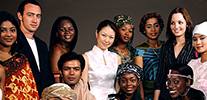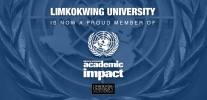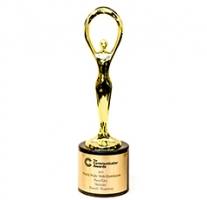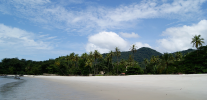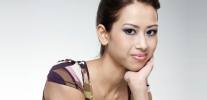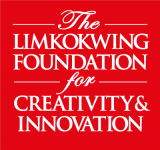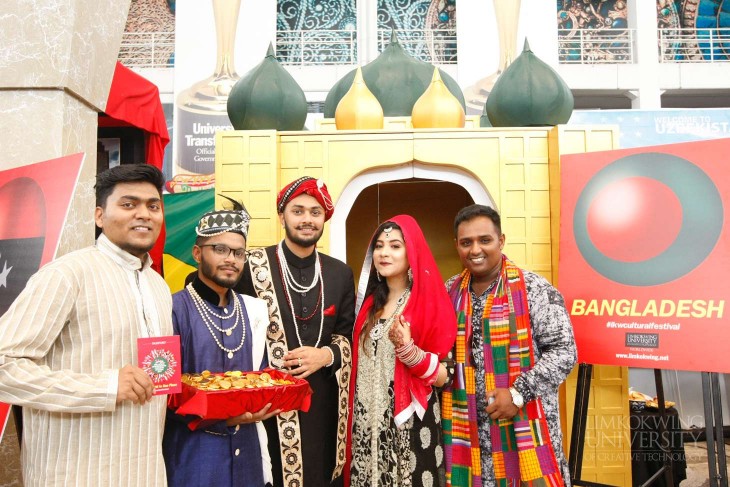
The Bangladeshi culture is a composite of centuries of influences from Islam, Hinduism, Buddhism and Christianity.
Despite being a relatively young nation, it possesses a cultural history that spans more than 4,000 years when it was still part of the ancient Mughal Empire.
Norms and Values
In Bangladesh, it is customary to use the right hand to give and receive gifts as well as for eating and drinking. Giving someone a thumbs up is considered a rude gesture, while kissing and hugging in public is usually frowned upon.
Meeting etiquettes and customs depend on the level of familiarity between individuals. Close friends or relatives often communicate directly with each other. For distant contacts or professional colleagues, it is more customary to speak indirectly.
Sports and Festivals
Cricket remains a popular sport and a cultural phenomenon among Bangladeshis. It has a considerable fan base and major victories are often followed by massive celebrations.
Bangladesh is also known for its colourful festivals and celebrations. They are an important aspect of Bangladeshi culture which is composed of Islamic, Hindu, Buddhist, and Christian influences. Also, national holidays are greatly respected.
Traditional Clothes
Men wear the traditional kurta or panjabi for religious and cultural events. Lungis are casually worn especially within the rural parts of the country.
Sharee is the main traditional dress for Bangladeshi women but younger women tend to wear salwar kameez. These dresses are sometimes worn with Western clothing or designed to cater to modern styles such as silk sarees, georgette sharees, or even designer sharees.
People Power
The country regularly exports labour workers to Saudi Arabia, Kuwait, UAE, Oman, Qatar, and Malaysia which contributes to a workers’ remittance of USD 15 billion and 8% of GDP in 2015, according to the CIA World Factbook.
Garment export is Bangladesh’s industrial backbone which accounts to more than 80% of the country’s total exports. These garments are handwoven with majority of the population employed in the textile industry. The garment sector continues to show steady export growth and is the largest contributor to Bangladesh’s sustained economic growth and rising foreign exchange reserves.
People of Bangladesh
Major ethnic groups in the country consist of at least 98% Bengali and another 1.1% of various ethnic tribal groups. Currently, the Bangladeshi government recognises 27 ethnic groups under the 2010 Cultural Institution for Small Anthropological Groups Acts.
The country is composed of Muslims (89.1%), Hindus (10%), and Buddhists & Christians (0.9%) based on the CIA World Factbook.
This article is part of a series highlighting the unique cultures featured in the recently concluded Limkokwing International Cultural Festival 2017.

